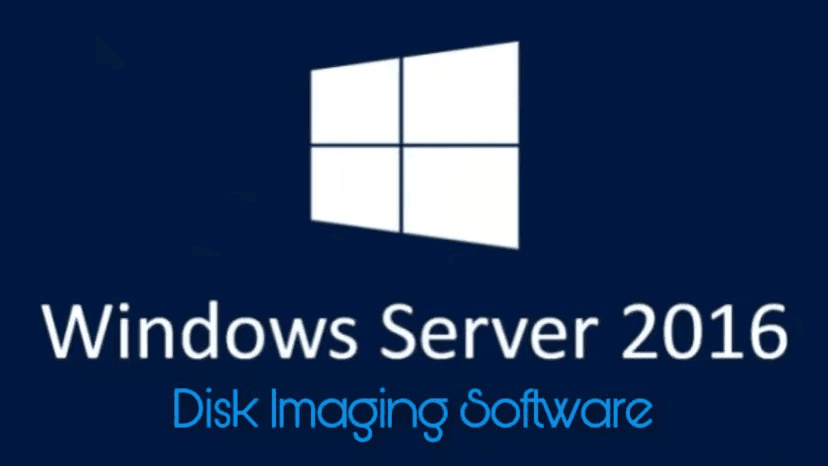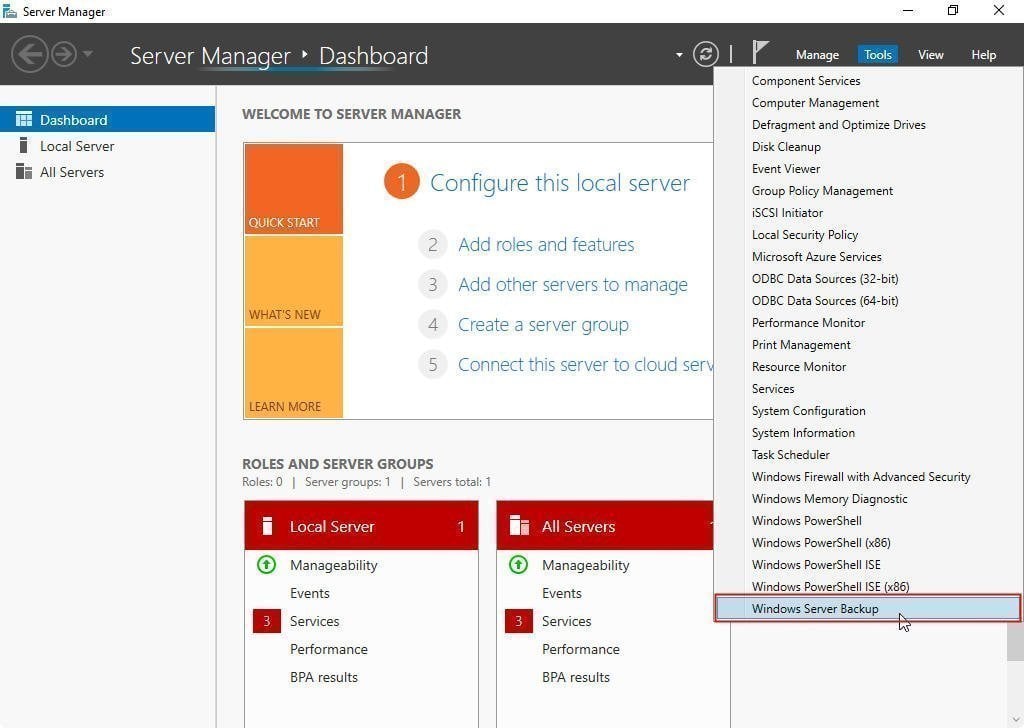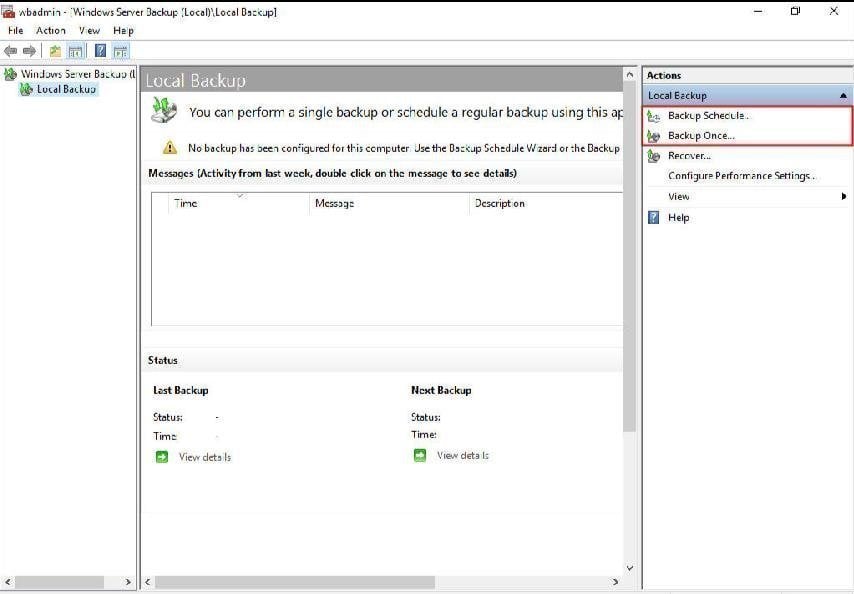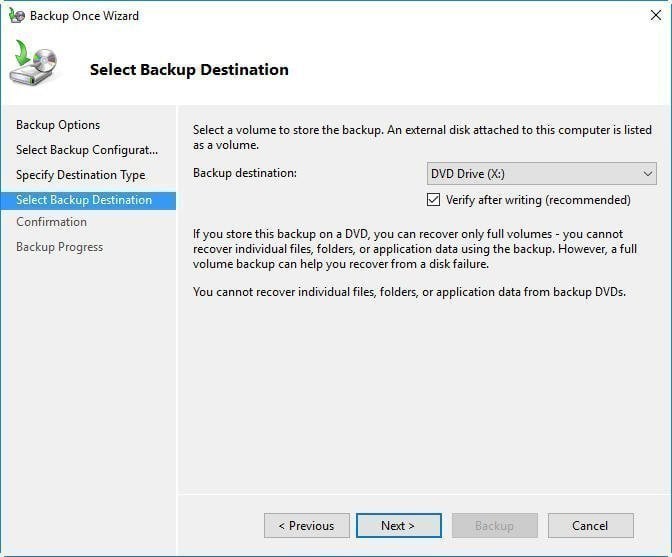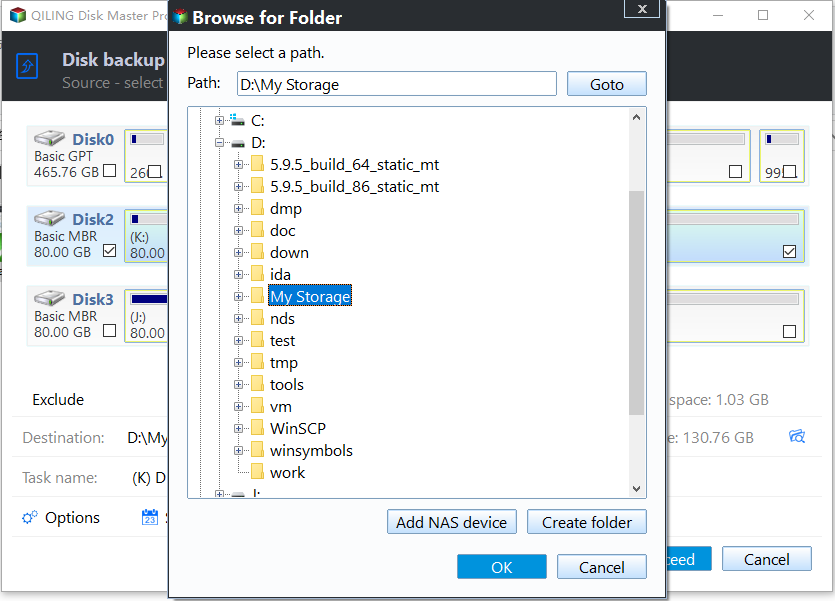Top 2 Disk Imaging Software for Windows Server 2016
Why Create Disk Image for Windows Server 2016?
Disk images are backup files of partitions or volumes, or the whole data storage device like hard disk drive (HDD), solid-state drive (SSD) or USB flash drive, etc. Creating a disk image means to copy all the contents and structure of the source disk.
Disk images are meaningful for users, whether Windows PC or Windows Server users. They can protect PC or server data safety from system crashes, hard drive failure, or other accidents. You can restore corrupted system and data with the disk image files. In a word, disk images are important for disaster recovery. So you come to this page to find a way to image your Server 2016.
How to Create Disk Image in Windows Server 2016
There are two ways to image Windows Server 2016. Windows Server 2016 has a backup tool called Windows Server Backup. It allows you to do a local backup for your data. But it isn’t installed by default. You need to install it before using it.
However, using Windows Server Backup to create disk image in Windows Server 2016 will take a lot of time and occupy a lot of storage space. And it only allows you to set one scheduled backup task. Fortunately, there is another disk imaging software for Server 2016 which could help you create disk backup image in an easier way and provides more functions.
Next, I’ll show you the detailed steps of both these two methods. You can first read and then choose the suitable one to follow based on your needs.
- Part 1. Server 2016 Create Disk Image with Windows Server Backup
- Part 2. Best Server Imaging Software for All Server Systems
Part 1. Server 2016 Create Disk Image with Windows Server Backup
- Click Start menu, select Server Manager, and then click Windows Server Backup at the bottom of Tools.
- Choose “Backup schedule...”, or “Backup Once...” at the Actions pane according to your requirements.
- Follow the wizard to back up step by step.
Part 2. Best Server Imaging Software for All Server Systems
Qiling Disk Master Server is designed specifically for Windows Server systems. It is powerful far beyond creating a disk image.
- It enables you to create system image or disk image for Windows Server. You can also backup specific files as necessary.
- It lets you set daily/weekly/monthly scheduled backups and also supports incremental and differential backup to save both your time and storage space.
- It supports Windows Server 2003, 2008, 2012, 2016, 2019, 2022 (including R2), SBS 2003, 2008, 2011 and Windows PC systems.
This disk imaging software has an easy-to-use interface. You can use it to create disk image with a few simple clicks. Download and install the tool first and follow the steps below to create disk image for Server 2016.
Step 1. When you launch the software, you can see its dark blue interface. Click Disk Backup under the Backup tab.
Step 2. Click Disk to choose the disk which you want to create an image for. Then, select another place as the destination path to store the disk imaging file. You can backup Windows Server 2016 to external hard drive, USB flash drive or even network share.
Step 3. Confirm the operations. If there is no problem, click Proceed. It will Proceed a disk image for you. Just wait till the progress ends.
★ Advanced backup settings you may need:
👉 Options: You can set up comment, encryption, compression, and enable email notification, etc.
👉 Schedule Backup: There are 5 options available.
- Daily/Weekly/Monthly: You can schedule automatic backup in Windows Server 2016 with daily, weekly, monthly instead of backing up manually.
- Event Triggers: You could trigger the backup event to perform the backup based on User logon, User logoff, System startup, or System shutdown.
- USB plug in: Once detecting the source or destination USB device of the task is plugged in, Qiling Disk Master will automatically back up the data on the USB or backup data to USB drive.
👉 Backup Scheme: You are able to customize the retention policy. There are 4 schemes to help you delete old backup images to free up space: By quantity, By time, By daily/weekly/monthly and By space.
Conclusion
Both Windows Server Backup and Qiling Disk Master Server can help you create disk image for Server 2016. Comparing these two methods, obviously, using the best disk imaging software Qiling Disk Master Server to image Server 2016 is much simpler. It provides more powerful functions like incremental/differential backup and multiple scheduled backups.
What's more, if you want to protect unlimited PCs and servers within your company, you may choose Qiling Disk Master Technician Plus. You can use it to offer unlimited billable technical services to clients. It also enables you to copy installation directory for portable version creation.
Related Articles
- Windows Server Backup Restore Step by Step Guide
- How to Clone Hard Drive on Windows Server 2016/2012/2008?
- Why Windows Server Backup Not Doing Incremental Backup?
- Fast backup and recovery software - QILING Disk Master Professional
The ultimate purpose of backup software is to save companies and business organizations from the massive setbacks that can occur from data loss.
